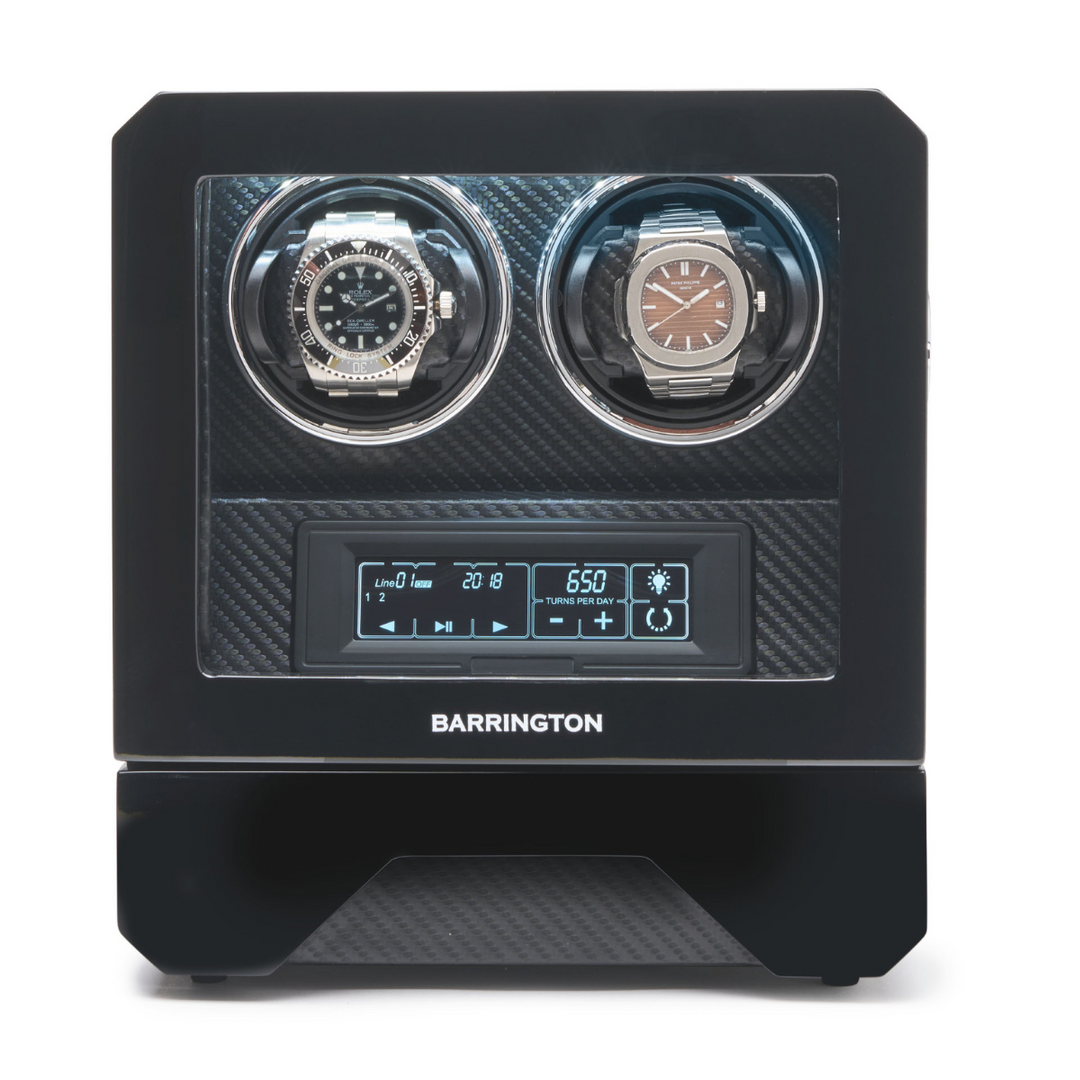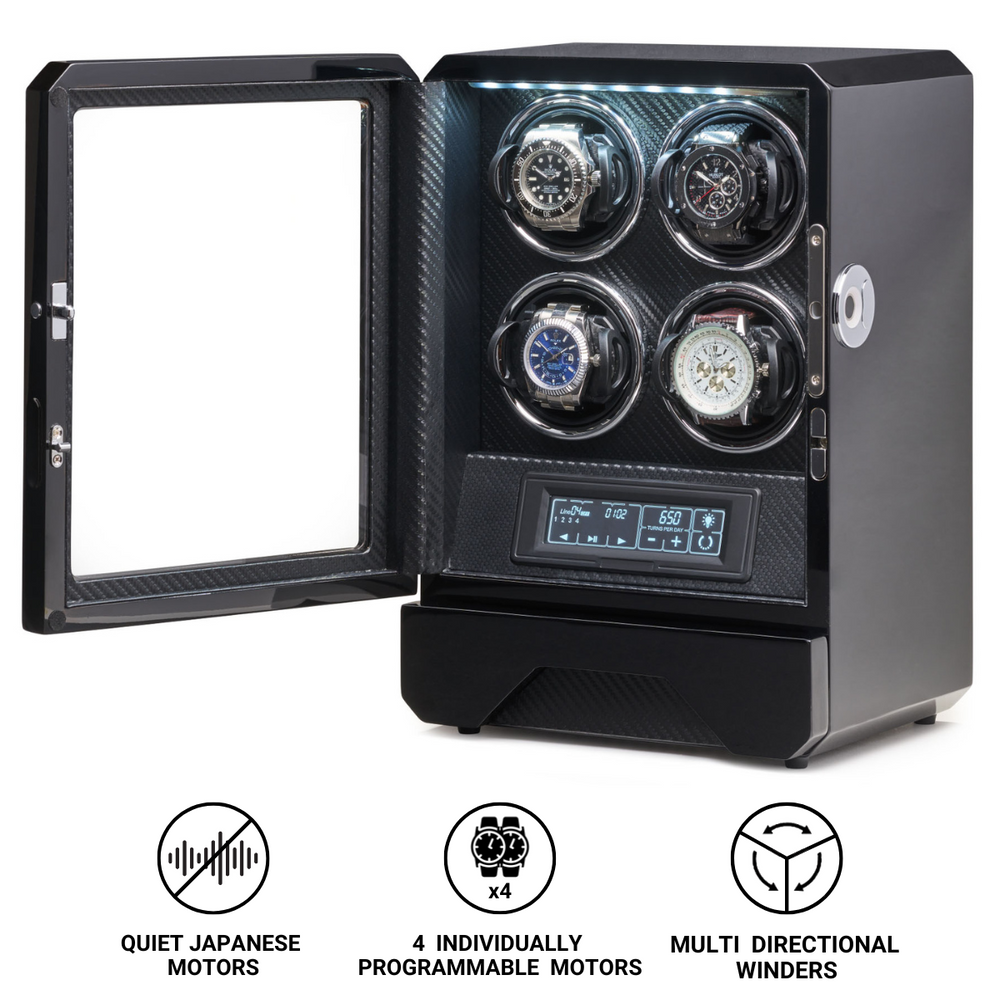Cartier Raises Watch Prices in the United States by 10 Per Cent
Cartier has implemented a 10 per cent retail price increase across its watch collections in the United States, marking one of the most significant adjustments in the American luxury watch market this year. The new pricing took effect on 25 September, following recent changes introduced by Patek Philippe earlier in the year.

Key price adjustments
According to updated retail lists, several of Cartier’s core models have risen in price:
-
Cartier Santos in steel and gold has increased from USD 8,000 to USD 8,800 (excluding sales tax).
-
Panthère de Cartier in gold and steel now retails at USD 11,000, up from USD 10,000.
-
A notable exception is the medium two-tone Santos de Cartier (steel and yellow gold on a calf leather strap), which has seen a smaller increase of around 5 per cent, moving from USD 11,200 to USD 11,750.
These adjustments reflect the brand’s strategy to align its U.S. retail pricing with global levels, particularly amid ongoing fluctuations in currency exchange rates and import duties.
Market background
Cartier’s decision follows a broader recalibration across the high-end watch segment. Patek Philippe raised its retail prices by approximately 15 per cent earlier in 2025, while simultaneously reducing authorised dealer margins to tighten retail control.
Other leading luxury brands, including Rolex, Audemars Piguet, Omega, Tissot and Breitling, have not yet announced any comparable price revisions in the U.S. market.
Industry analysts note that Cartier’s increase comes as the brand continues to consolidate its position within the top three global luxury watchmakers by sales value, alongside Rolex and Audemars Piguet. The brand’s strong momentum in the American market particularly through models such as the Santos, Tank Française and Ballon Bleu has enabled it to absorb modest price shifts without significantly affecting demand.
Broader implications
Luxury watch price adjustments are typically linked to factors such as inflation, material costs and exchange rate movements. In Cartier’s case, the change also reflects an effort to harmonise pricing across international regions, reducing the discrepancy between U.S. and European retail levels.
While short-term demand is expected to remain steady, the increase highlights how leading watch manufacturers are managing profitability amid softer luxury spending in 2025 and the impact of higher import tariffs on fine jewellery and watches entering the United States.
Cartier has not confirmed whether further adjustments are planned in other regions before the end of the year.














